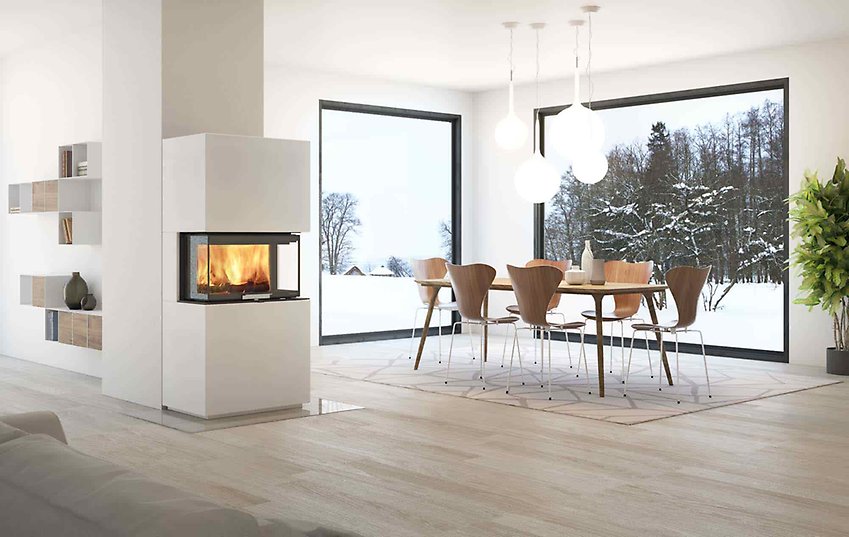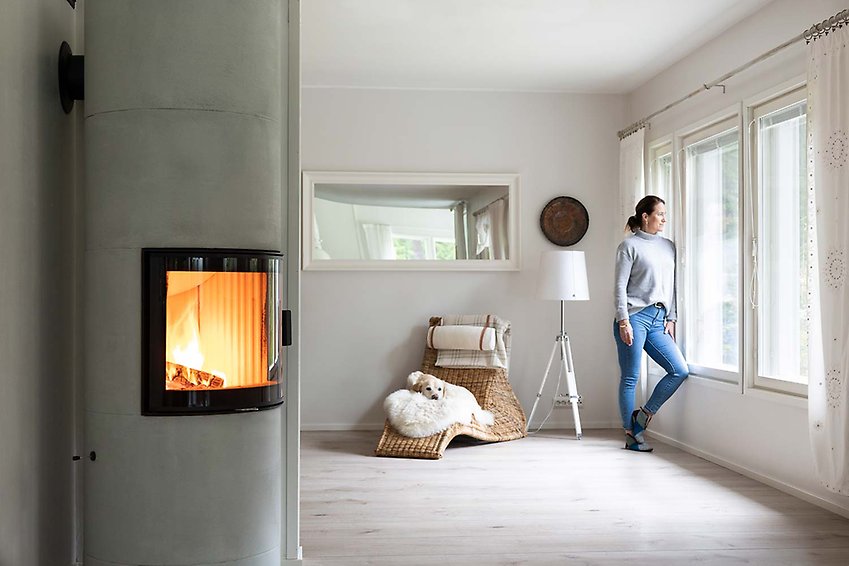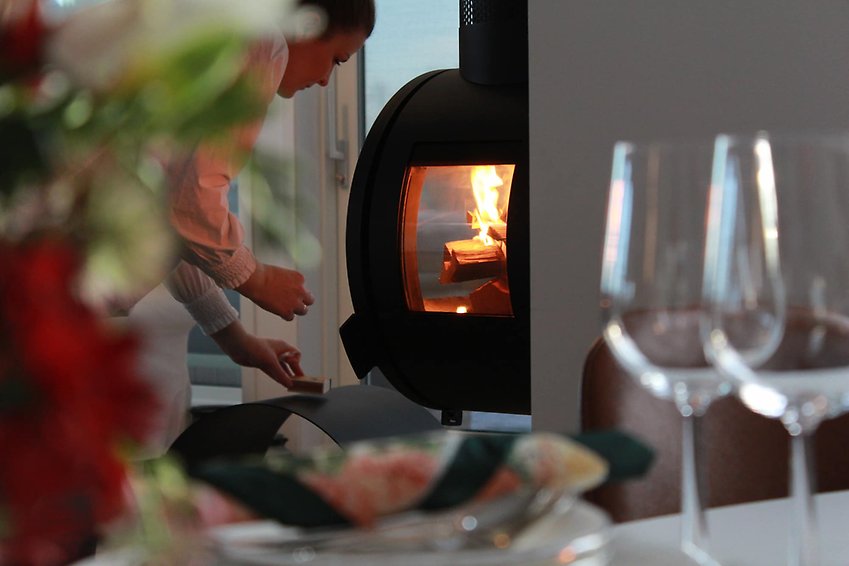Embracing Eco-Friendly Heating: The Role of Wood-Burning Stove
Are you concerned about the environment and wondering whether installing a wood-burning stove in your home is an environmentally-friendly option? The warmth and comfort provided by a wood-burning stove on cold winter days are undeniable. What's more, in times of rising energy costs, wood heating is a real alternative for saving money! But beyond its practical and economical aspects, do wood-burning stoves and ecology go hand in hand? Here are some answers to help you make up your own mind!
1. Wood: a renewable energy at the heart of the energy transition
Towards a sustainable energy future: the key role of forest areas
Forests play an essential role in the global energy transition. As a source of forest biomass, wood is a renewable and low CO2-emitting alternative. Responsible management and sustainable supply ensure that wood remains a viable resource in the long run, thus ensuring harmonious exploitation of this natural resource.
Wood and its carbon footprint: is it a green energy?
Wood is often seen as a carbon-neutral energy source. This perception is based on the wood's life cycle, where the CO2 emitted during its combustion is offset by the CO2 absorbed by trees during their growth. Compared to fossil fuels, wood stands out for its low CO2 emissions, offering a cleaner and more environmentally friendly alternative.
This positions it as a preferred energy option in the context of greenhouse gas reduction policies. It provides a cleaner alternative compared to oil, gas, and electricity.
In fact, wood heating is known to emit 12 times less CO2 than oil heating, 6 times less than gas heating, and 5 times less than electric heating.

Nordpeis Monaco - an attractive stove series that allows you to choose from several design expressions and solutions. Large glass provide a clear view of the flames. Learn more about our fireplaces.
2. Air pollution and wood heating: a challenge to address
Combustion quality at the heart of the debate
Wood offers certain ecological advantages but also raises concerns due to its fine particulate emissions. These emissions are a significant challenge for public health, particularly in urban areas. However, it is important to distinguish modern heating appliances from older installations. Recent technologies, such as double combustion stoves, have been designed to significantly reduce polluting emissions, thereby improving air quality. These advanced systems ensure a more efficient wood combustion, reducing particle emissions and contributing to a healthier environment.

Nordpeis Salzburg. Our series of heat retaining stoves. Built with the heat-absorbing material Powerstone™ that can keep the room warm for up to 20 hours.
Perfect harmony between energy savings and ecology: the heat retaining stove
The heat retaining stove represents a remarkable advancement in aligning ecological objectives with energy efficiency.
Designed to maximize the use of heat generated by wood combustion, the heat retaining stove stands out for its ability to store heat in high thermal-density materials like stone or ceramics.
This approach allows for slow and continuous heat diffusion, ensuring long-lasting thermal comfort with significantly reduced wood consumption. The design of the heat retaining stove promotes more complete wood combustion, reducing polluting emissions and increasing energy efficiency.
This efficient combustion means that less wood is required to produce the same amount of heat, resulting in substantial savings for users.
3 - Wood stoves and ecology: adopting best practices
Eco-friendly use of wood heating requires the adoption of efficient equipment and optimal combustion practices. Environmental responsibility in wood heating partly falls on users. The choice of local and sustainable fuels, coupled with efficient combustion practices, plays a major role in reducing the environmental impact of wood heating.
Committing to adapt practices
The use of a wood-burning stove can be an effective and ecological heating method, provided that certain key practices are followed. These practices aim to optimize combustion efficiency, reduce harmful emissions, and ensure sustainable resource use.
Here is a list of recommendations:
- Build a reserve of dry wood by purchasing slightly more than you need for your consumption. This way, you will have a stock of dry logs in case of need.
- Adopt the reverse ignition method.
- Regularly clean the stove and chimney to prevent the accumulation of soot and creosote, which can improve efficiency and reduce emissions.
- Control the air supply in the stove to maintain efficient combustion. Too much air can burn wood too quickly, while too little air can result in incomplete combustion.
- Use the wood-burning stove responsibly, operating it only when necessary and avoiding overloading the combustion chamber.
- Ensure that your home is well insulated to maximize heating efficiency and reduce overall wood consumption. These recommendations contribute to more sustainable wood heating use and the preservation of air quality.

Nordpeis Me-serie. Innovative and award-winning design and one of the many clean-burning and environmentally friendly stoves from Nordpeis.
Choosing a modern appliance
Modern wood heating appliances, especially those equipped with double combustion systems, are at the forefront of technology in reducing polluting emissions. These systems significantly improve energy efficiency and reduce wood consumption.
Ecological labels such as "Flamme Verte" provide assurance of manufacturers' commitment to high-performance and environmentally friendly products.
It is worth noting that all Nordpeis appliances are Flamme Verte certified. These appliances are thus a wise investment for environmentally conscious consumers, offering a sustainable and economically advantageous heating solution.
Wood stoves and ecology: a possible harmony
In conclusion, wood stoves and ecology can coexist and integrate into a responsible approach, provided that best practices are followed and efficient equipment is used. Reducing fine particulate emissions, choosing sustainable firewood, and preferring certified and labeled appliances are key steps to making wood heating an environmentally friendly solution for the future. This approach not only provides optimal thermal comfort but also actively contributes to environmental protection.

